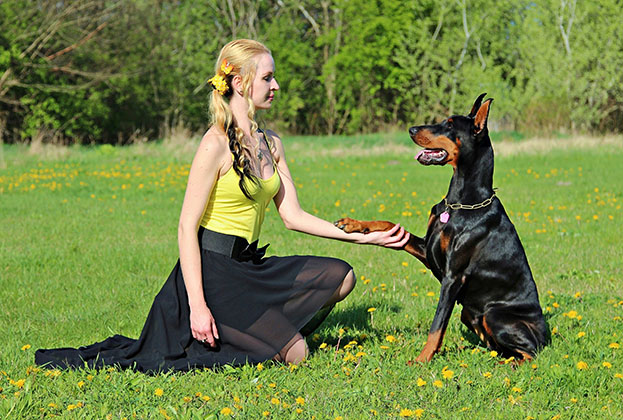
Consistent oral care is as important in animals as in humans. If you notice severe bad breath, puffy or bleeding gums, excessive drooling, loss or browning of teeth, lack of interest in chewing, or persistent pawing of the mouth and face, your pet already has a problem that requires immediate medical attention.
The recent findings of the American Veterinary Medical Association (AVMA) that 80% of dogs and 70% of cats have some form of dental disease by age 3 show how common pet dental issues are and how easily they develop. Preventing these issues are not just about avoiding bad breath and pain for your pets but also minimizing bacterial infections of the tooth and gum that can spread to vital organs like the heart, kidneys and liver.
Avoiding these awful scenarios is easy:
Brush often: Brush your pet’s teeth every day if possible, using pet-safe toothpaste on a pet toothbrush, finger brush, or soft piece of cloth. This helps wipe away plaque before it hardens into tartar and progresses to periodontal diseases. Try and get your pets used to the routine from when they are babies. In older pets, use a reward system to try and inculcate the habit.
Give healthy chews: Any plaque you miss in the brushing routine will be taken care of by healthy dental chews (the edible and inedible variety). These products physically clean the plaque off animal teeth, keeping the mouth clean. Pick vet-recommended products that are the right size for your pet to avoid choking.
Balance the diet: High-quality dry foods can help remove plaque from the teeth as your pet eats. Hard food also creates move saliva in the pet’s mouth, washing away the bacteria. Balancing dry and wet foods or putting your pet on a vet-prescribed diet will naturally provide the mechanical action to scrape away plaque and tartar.
Use dental rinses or water additives: These plaque-reducing solutions can be added to your pet’s water bowl for convenient oral care. It can cut down halitosis, gum inflammation and chances of infection.
Visually check: Make a visual check of your pet’s mouth a part of the daily grooming and play session. Pearly whites are always good news.
Schedule wellness checks: Regular wellness checks will allow your veterinarian to catch issues early. They may recommend taking x-rays to check for issues below the gum line or suggest a dental cleaning that can be non-anesthetic or is done under general anesthesia.
Considering AVMA’s statistics, taking pet health insurance might also be a good idea so that the costs of potential procedures do not prove to be a deterrent from doing what is best for your pet.

